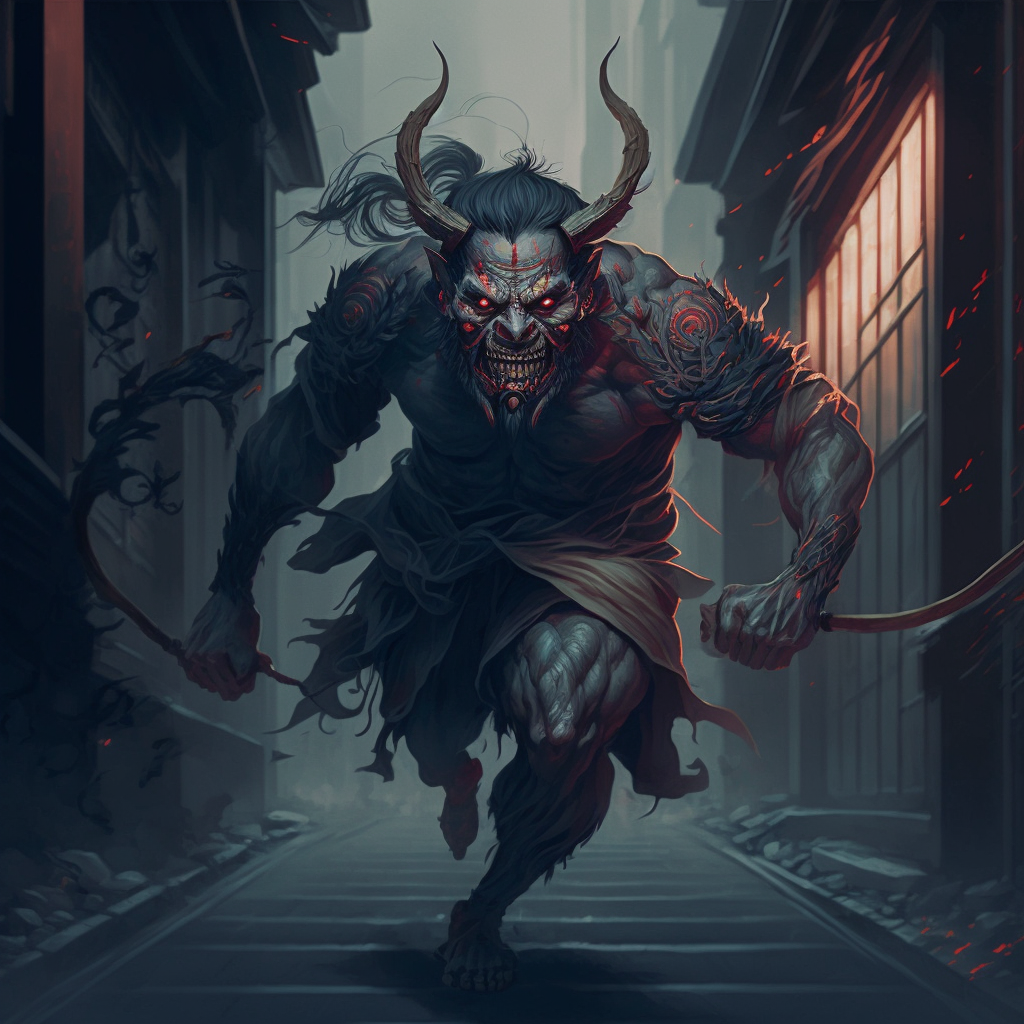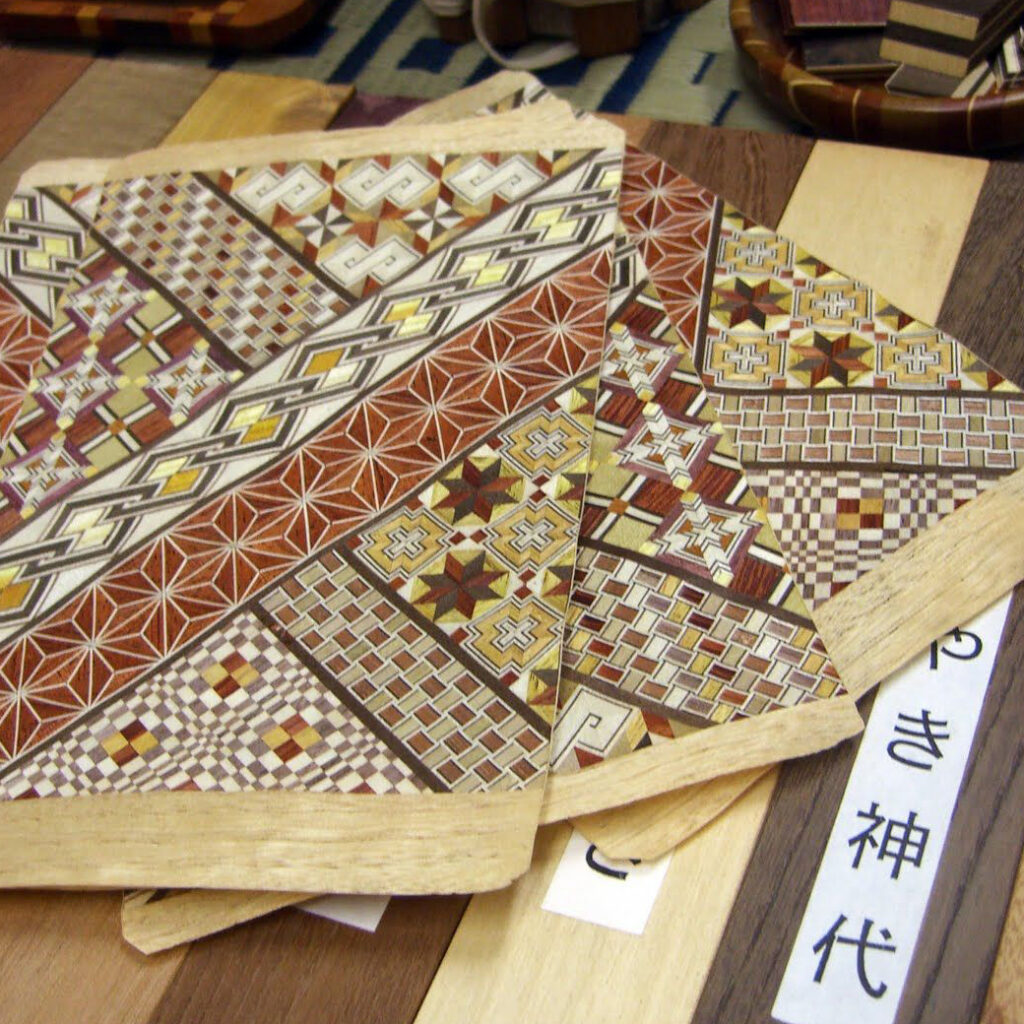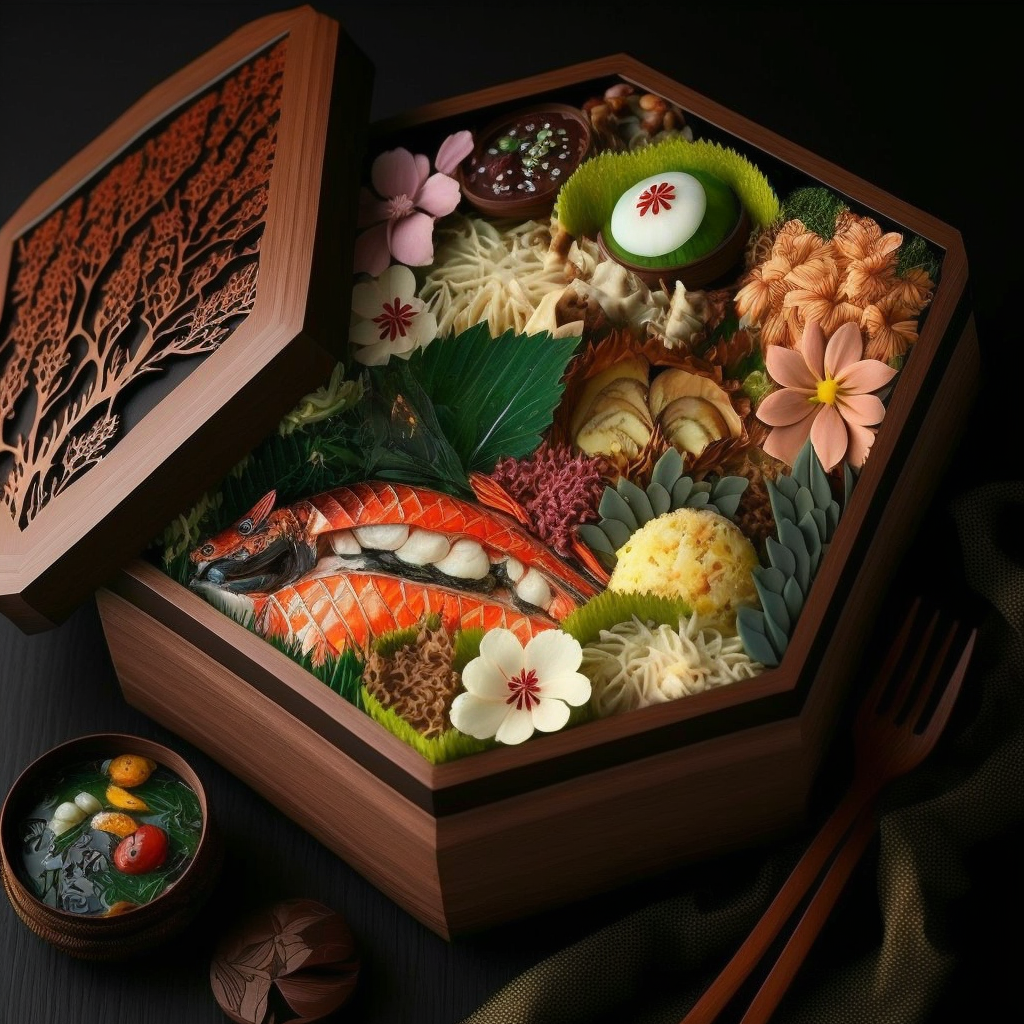In Japan, Setsubun is a traditional festival celebrated on February 3. It marks the transition from winter to spring according to the ancient agricultural lunar calendar of Chinese origin. This festivity has deep meaning. Indeed, it combines ancestral rituals, symbols and community spirit.
Historical Origins of the Setsubun Festival
The origin of Setsubun dates back to beliefs linked to the agricultural calendar. February 3 marked the end of winter and the start of a new planting season. Over the centuries, this date has been enriched with traditions and rituals. She thus creates a celebration imbued with spirituality and folklore.
Mame-maki: The Bean Ritual
The best-known modern tradition associated with Setsubun is mame-maki. The day before the spring equinox, families come together to participate in this fun ceremony. Roasted soybeans or beans are symbolically thrown by family members throughout the house. This practice aims to chase away “oni”, demonic creatures from Japanese folklore, associated with misfortune and negative energies.
Oni wa soto! Fuku wa uchi!
A central element of mame-maki is the traditional cry “Oni wa soto! Fuku wa uchi!”, meaning “Demons out! Happiness in!” Participants, while throwing the beans, repeat this mantra to purify their homes of harmful influences and attract good fortune.
Evolution of Beliefs
Although oni are traditionally feared, modern perception has evolved. Today, they are often found depicted on various Japanese cultural objects, such as chopsticks, bowls, noren curtains, and festive masks. These representations recall the link between tradition and contemporary popular culture.
Related Traditions
Setsubun is not limited to mame-maki. Many other traditions persist, including wooden or fabric amulets, lucky daruma dolls, and bells cast. These items are often used to repel negative influences and attract good luck.
Experience the Setsubun Festival today
To immerse yourself in these Japanese traditions, many shops offer items related to Setsubun, such as many masks, amulets and festive decorations. The curious can also visit local temples that hold special events this time of year. If you want to immerse yourself in these Japanese traditions, we invite you to visit the nipponboutique site : many wonders await you there !
In conclusion, Setsubun is much more than just a celebration of the passing of the seasons in Japan. It is a living testimony to the cultural richness of the country, combining ancient rituals, deep symbolism and a community united by the quest for happiness and prosperity.



